Media | Articles
Overhaulin’ a bike by yourself is possible, but not worth it
With every new DIY project comes a new challenge. So what happens when the challenge is self-imposed, arbitrary, and serves no financial purpose? Learning, that’s what.
My giant Chevy van recently returned to my driveway carrying the smallest motorcycle I could buy on Facebook Marketplace—a 2005 Honda CRF50. Only a few hours later, I began to wonder if I could get the minibike race-ready in a week, Overhaulin’ style.
If you are into cars and were alive between 2004 and 2015, you know the show. In each episode of Overhaulin’, professional hot-rod builder Chip Foose and an assembled crew would play dress-up and “steal” the car of some deserving person. That owner would be somehow distracted for a week, at the end of which the crew would return the car, completely re-done, in a big reveal.
Both my father and I enjoyed the show’s lack of “we’re going to lose the shop!” drama. Rather than yelling and sparks, the show focused on what the crew was changing about the car, whether cosmetic or mechanical, and why.
Marketplace
Buy and sell classics with confidence
Of course, the show’s writers had to generate tension somehow. Overhaulin’ did that by putting the crew on a ridiculously short, seven-day timeline. Occasionally things did fail, but the consequences were low. A couple episodes dragged out a extra prank or two, each designed to buy the team an extra day before the owner learned their car wasn’t stolen at all. I didn’t really care, because the show made me feel like I was part of Foose’s process. In almost every episode, I learned something new about the design or technique of the experts.
When I bought the tiny CRF50 to do more small-motorcycle track days, Overhaulin’ provided the perfect challenge: Set the clock on the garage wall and rebuild the bike in seven days. If a team of 100 people could do it on a car, surely I could pull it off on a tiny, crusty bike.
Essentially, I would be taking a motorcycle apart, cleaning it, replacing a few parts, making it pretty, and then reassembling it. Nothing particularly difficult, especially considering that I intended to follow Overhaulin’ tradition by not really rebuilding much. The engine would stay together, saving me the same amount of time and energy as Foose and crew did by using crate engines. The biggest hiccups would occur as I made aftermarket parts play nice with each other.
Of course, I wouldn’t have a television crew to hide my compromises. Even Overhaulin’s big team of experienced problem-solvers nipped a corner or two—not that most viewers knew. TV simply cannot capture the assembly of still-off-gassing parts or the delivery of a car that hasn’t been aligned.
My project proved no different. With no time to use properly catalyzed clearcoat over the paint, the finish is already starting to wear in multiple spots. The seat has already torn due to some overzealous stretching of the cover as I stapled things in place to get rid of wrinkles. Final tuning took place well after day seven.
Only afterwards did I realize that completing my one-man restoration wasn’t the holy grail I thought it was, and that the secret behind Overhaulin’ was its team.
Years ago, myself and a group of 20 people or so rallied to stop by the garage of a friend, whose progress on his 1969 Firebird had stalled. We took four or five hours to “help” drop in the engine. Did we spent that time efficiently? Not at all. Two of us could have put that engine home faster, but I was more fulfilled by that experience than I ever was when working in my garage by myself.
The real winners on Overhaulin’ weren’t the cars’ owners. They were craftsman and women who worked long hours with a team building something they could be proud of, solving problems on a deadline. When I completed my dumb stunt, I was just tired, with a shoddily restored motorcycle.
Our vehicles don’t exist in a vacuum. Neither do we. What makes those cars and projects significant over time is how we choose to interact with their history and community. The characters, experts, and straight-up weirdos that we meet at shows and shops are the real gems of the car world, not the cars.
Next time you head to the garage, grab your phone before you grab your tools. Invite some friends over. The delay is worth the friendship.

***
Check out the Hagerty Media homepage so you don’t miss a single story, or better yet, bookmark it. To get our best stories delivered right to your inbox, subscribe to our newsletters.


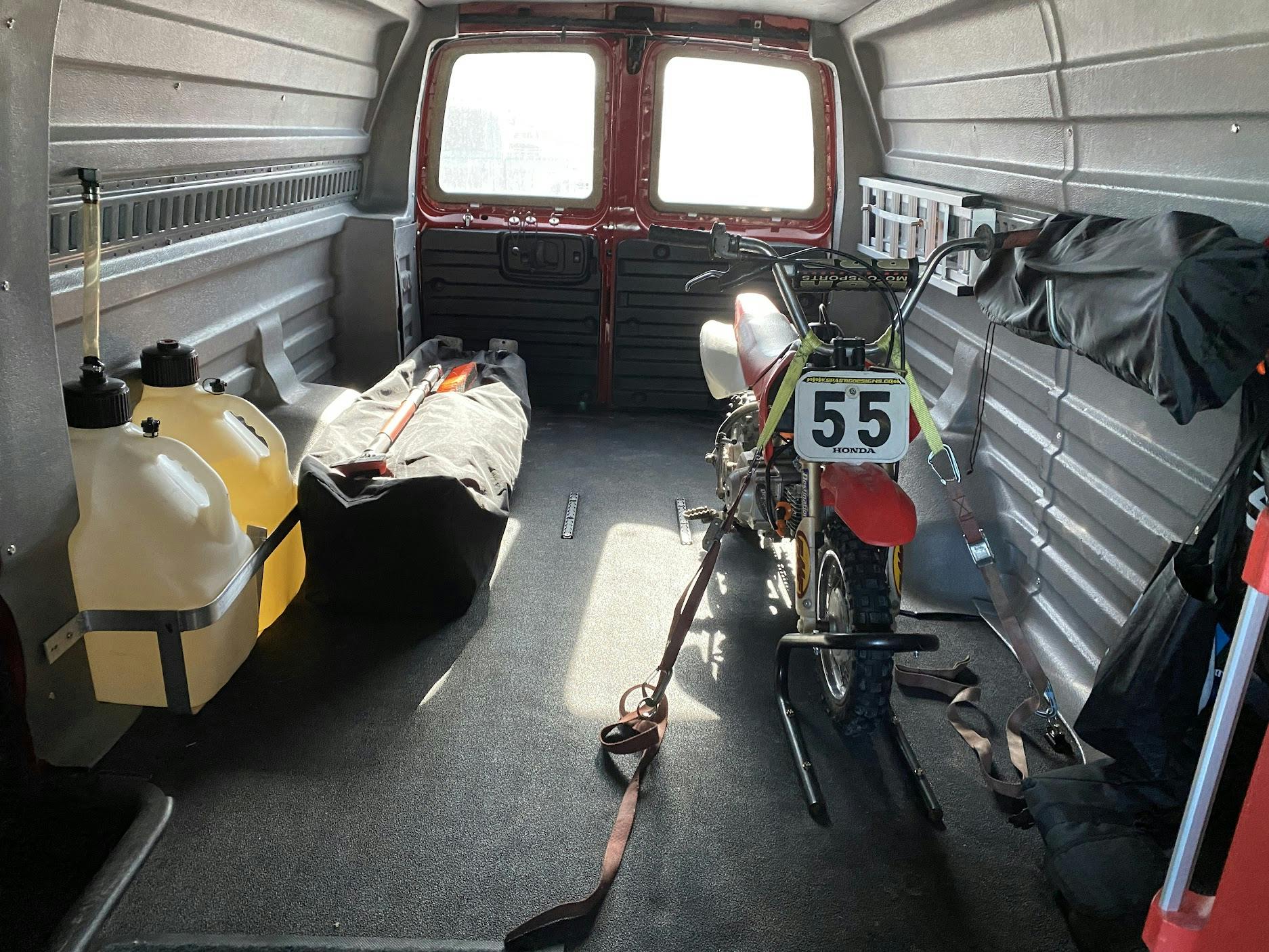
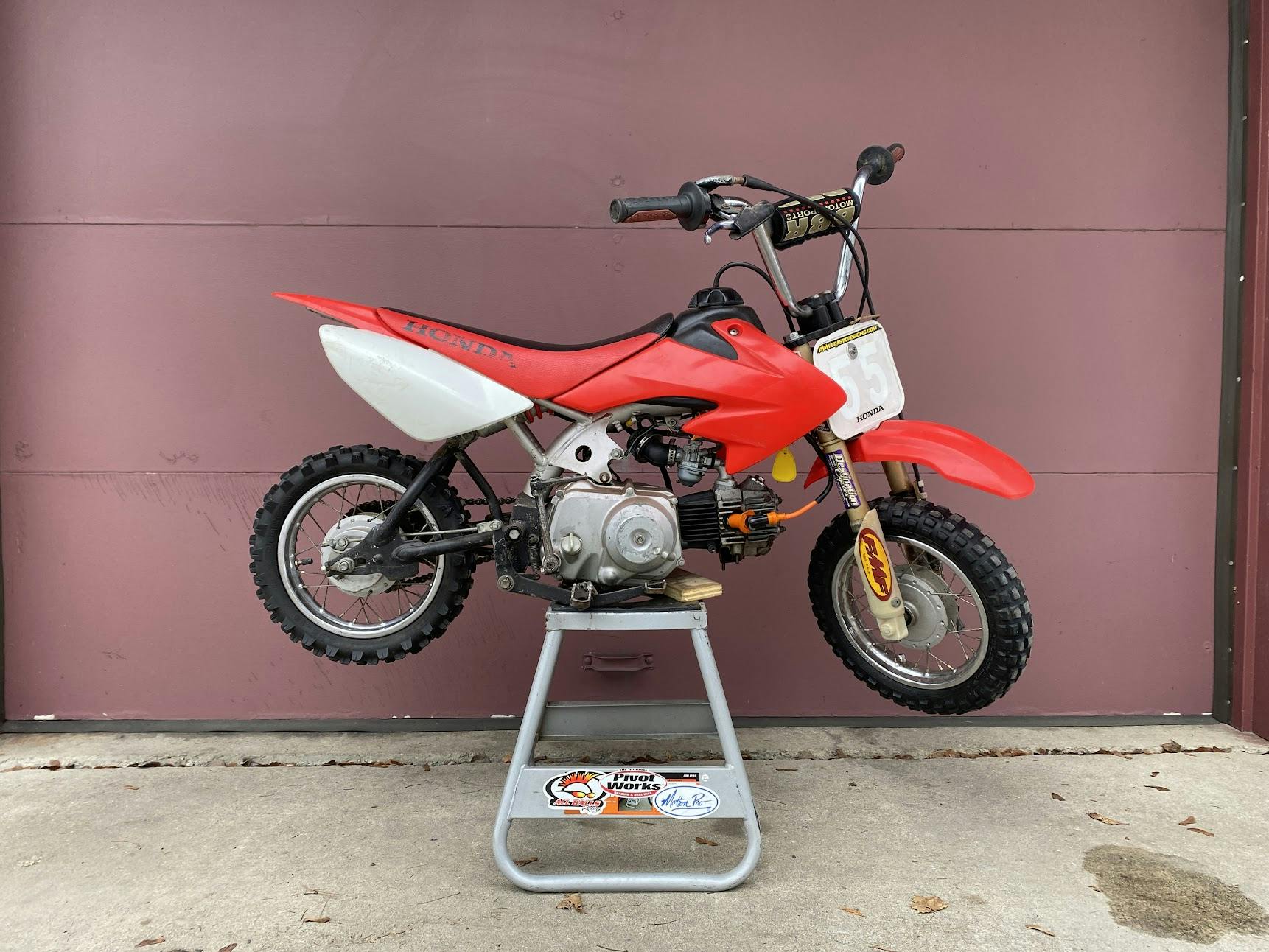
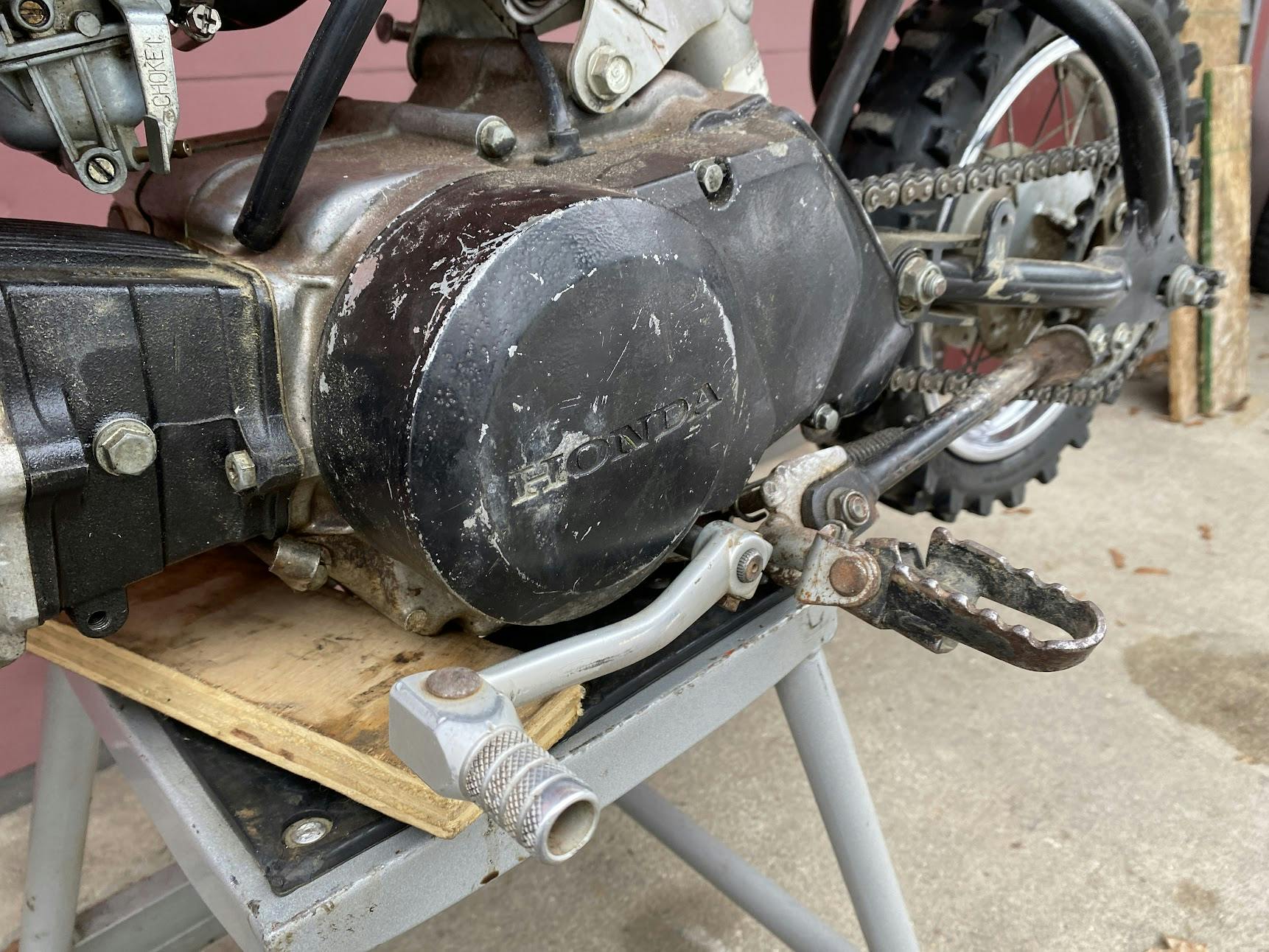
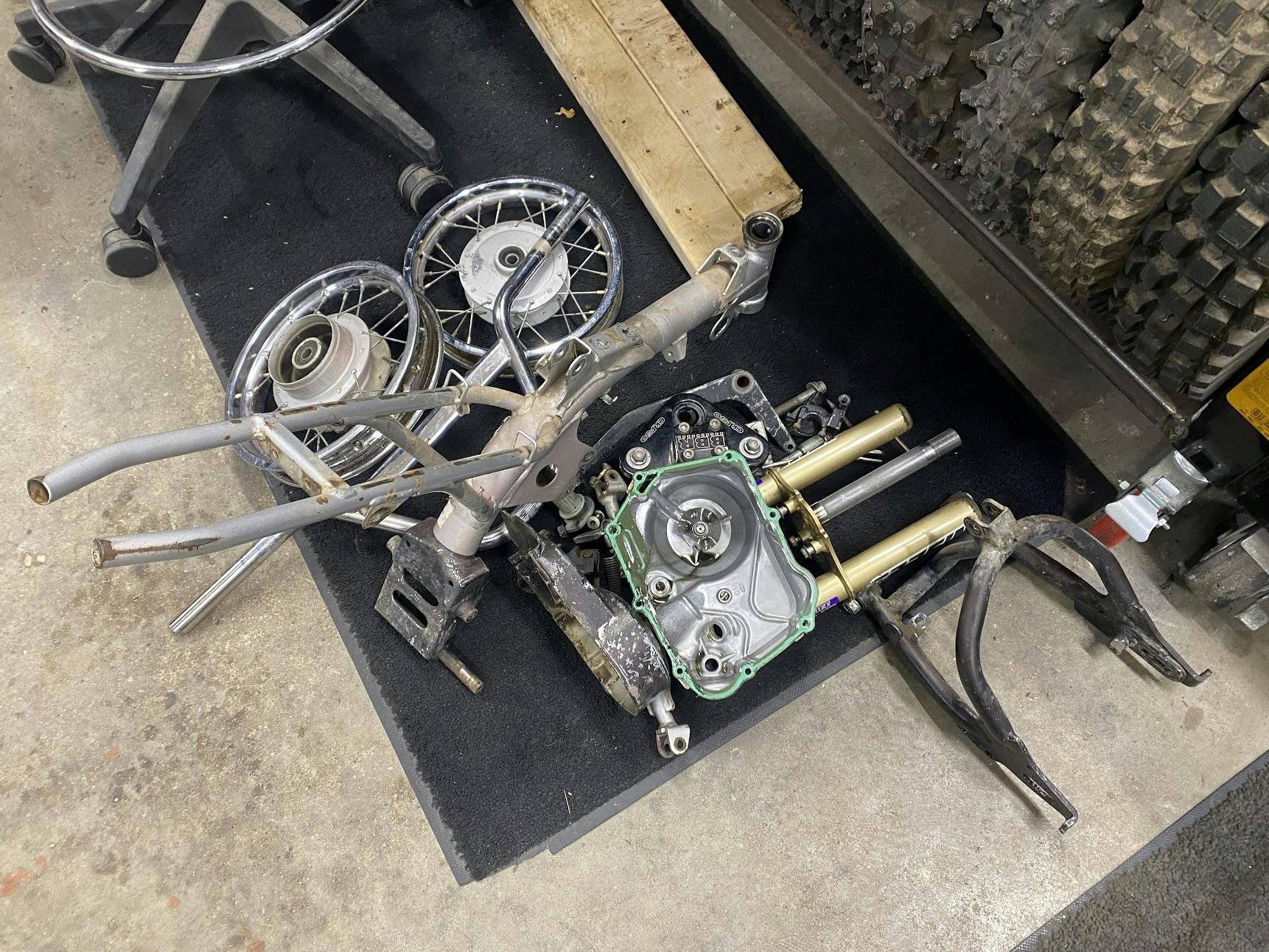
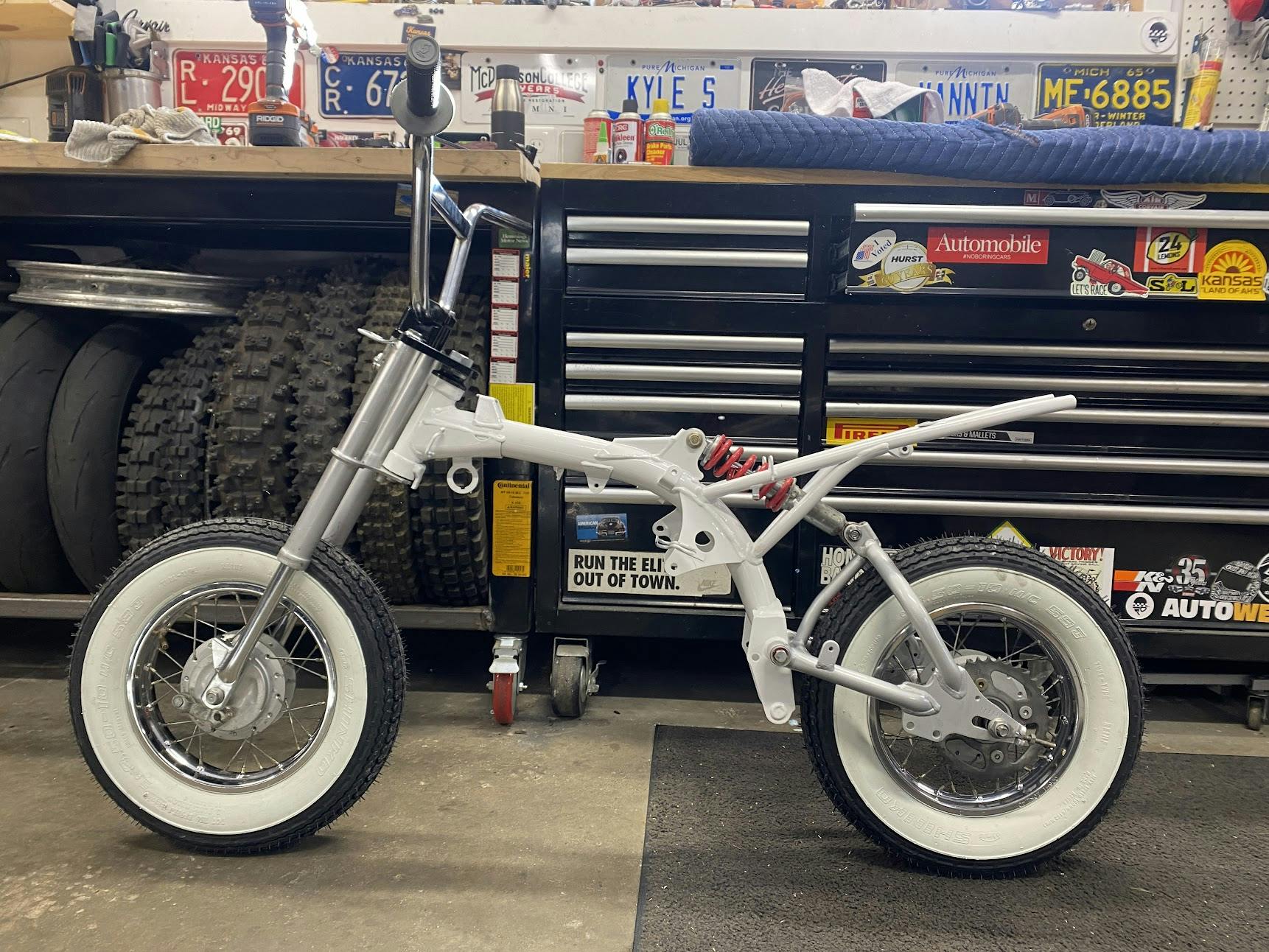
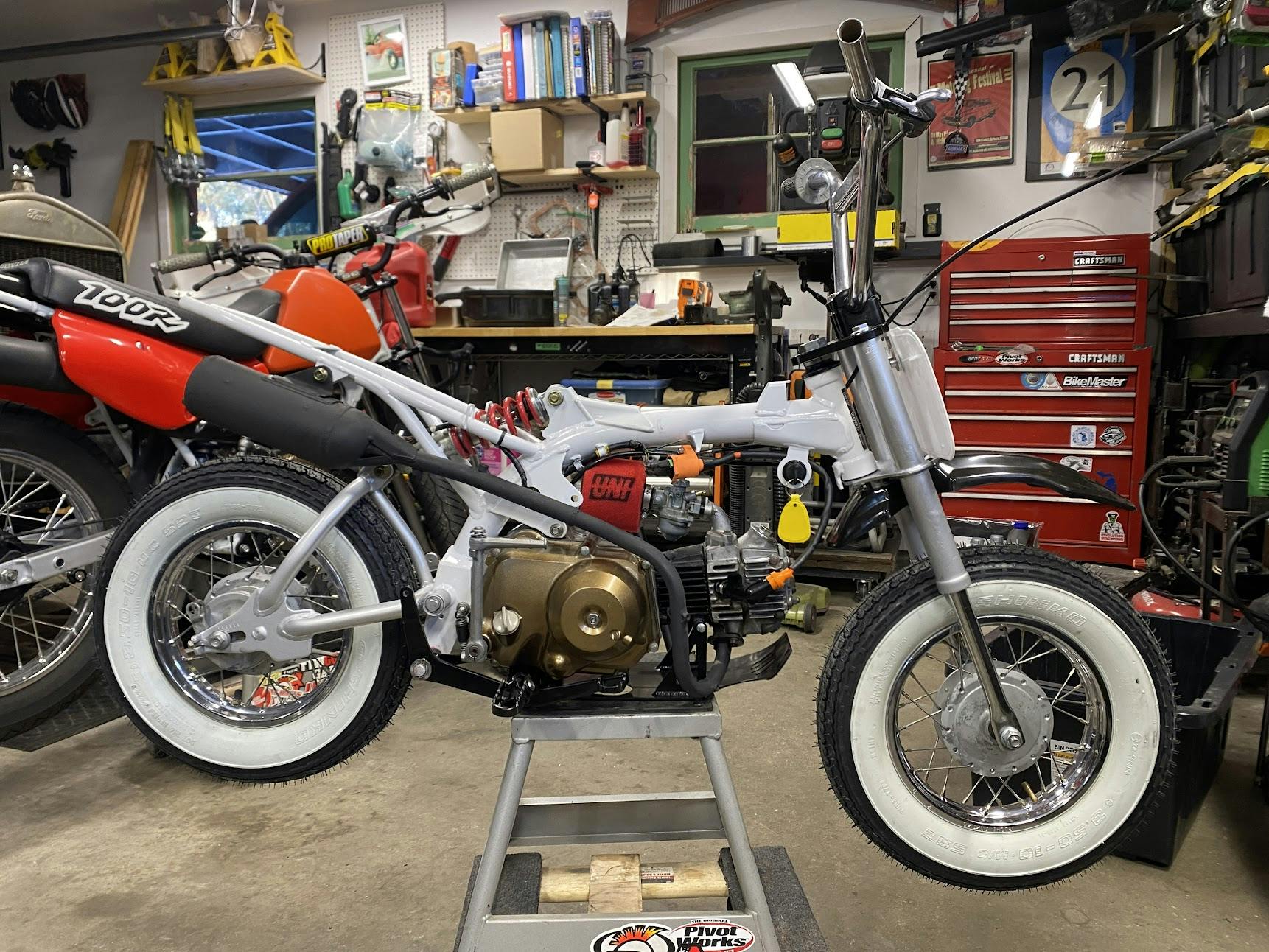
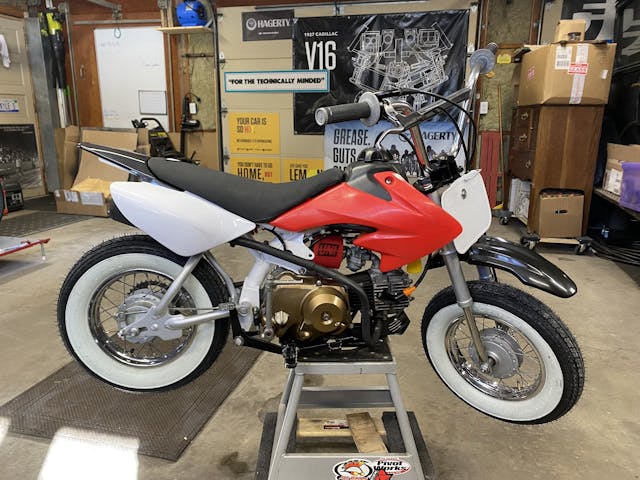










The biker’s creed > It’s not the destination. It’s the journey.
or, as Gary Larson puts it, sometimes it’s the mosquitos.
I stopped watching that show. It really pained me to see them chop the metal on a really classic vehicle (think ’55 Chevy) so they could realize Chip Foose’s dream. I especially hate how they always toss original wheels so they can mount Chip’s ridiculously oversize ugly custom wheels. Of course original engines need to be scrapped, so they can add many hundreds more horsepower.
Call me crazy, but I like cars that are (close to) original. I think resto-mod cars will not hold their value, and they certainly don’t hold my interest.
That’s one of the beautiful things about cars, we are free to personalize them to our tastes. A lot of people might not like how I have chosen to modify or use My Chevrolet Corvair, but neither of us is right or wrong for the way we feel. Some of the builds on the show were not to my taste but that doesn’t keep me from appreciating the craftsmanship that goes into.
I enjoy the process, sometimes more than the product. More than one project has gone up for sale almost as soon as the paint was dry and the first tank of fuel used up. There’s no need to rush through a project – this is supposed to be a hobby.
I like the looks of the finished bike, Kyle. And I agree with your stance on appreciating how someone else might build something vs. how I’d do it. I once “overhauled” a mini-bike that had been destined to go into a dumpster. It’ll never be worth anything (from a collectable or monetary standpoint), but It and I spent a lot of time together, becoming familiar with each other, and figuring out how to make it unique and yet useable. I love the dang thing and every dime and every minute I spent on it was worth triple to me.
This is tangential to the story, but I continue to hope that those who restomod their vehicles by choice rather than necessity pass those original parts along to those who need them. As for calling in friends to assist in a build, I live by “come for the cars, stay for the people”. That’s an important aspect of our hobby.
White walls? I didn’t even know they made them for bikes.
White walls indeed. I’ll admit I’m not over the moon about the look, but for what I use the bike for (indoor mini moto racing) this is the ideal tire. I wrote about the experience previously which includes a little more information about bike setup: https://www.hagerty.com/media/motorcycles/why-minibike-racing-is-the-most-fun-ive-had-all-year/
I like the bikes look.
Overhaulin, I didn’t like that show. If someone took my car I would have fought everyone to call the police so they would have had to tell me.
Thanks for the reminder, I knew I was going to car shows for a reason: “The characters, experts, and straight-up weirdos that we meet at shows and shops are the real gems of the car world, not the cars.”